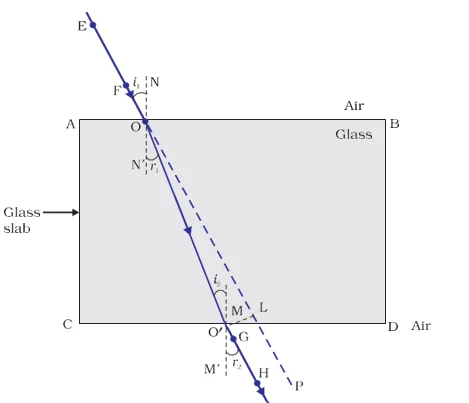![]() 15 Dec 2023
15 Dec 2023
Refraction of light is the bending of light as it passes from one medium to another with a different optical density. Refraction is responsible for various optical phenomena, including the bending of light in lenses, the formation of rainbows, and the apparent bending of objects in water.





|
Optical Density
|
|---|
Conclusion
In summary, the exploration of refraction of light reveals its influence on various optical phenomena. From lenses to rainbows, this phenomenon shapes our visual experiences. Laws like Snell’s Law and the refractive index provide a mathematical framework for understanding light’s behavior. Altogether, the study of refraction enriches our insight into the dynamic interplay between light and different mediums.
<div class="new-fform">
</div>